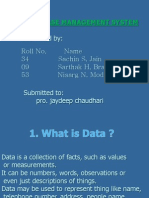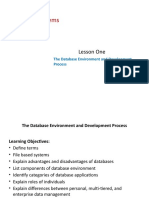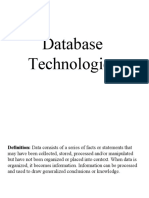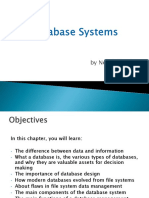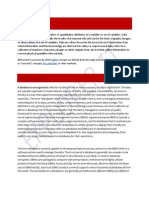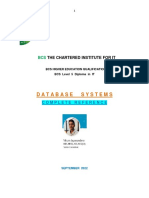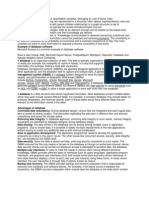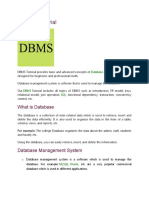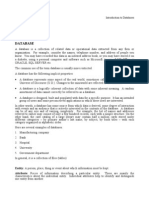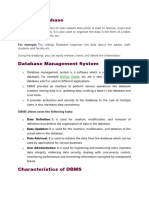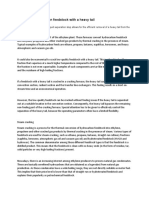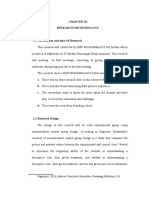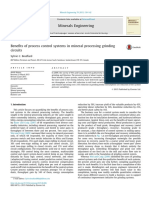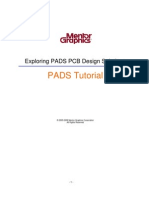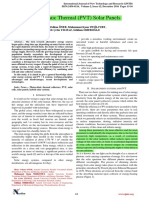0% found this document useful (0 votes)
20 views6 pagesDatabases
The document provides an overview of databases, their benefits, and the role of Database Management Systems (DBMS). It discusses various database models including hierarchical, network, and relational models, highlighting their structures and advantages. Additionally, it covers database security, integrity, control measures, and recovery techniques, emphasizing the importance of protecting data and ensuring its accuracy.
Uploaded by
julietwanjikum04Copyright
© © All Rights Reserved
We take content rights seriously. If you suspect this is your content, claim it here.
Available Formats
Download as PDF, TXT or read online on Scribd
0% found this document useful (0 votes)
20 views6 pagesDatabases
The document provides an overview of databases, their benefits, and the role of Database Management Systems (DBMS). It discusses various database models including hierarchical, network, and relational models, highlighting their structures and advantages. Additionally, it covers database security, integrity, control measures, and recovery techniques, emphasizing the importance of protecting data and ensuring its accuracy.
Uploaded by
julietwanjikum04Copyright
© © All Rights Reserved
We take content rights seriously. If you suspect this is your content, claim it here.
Available Formats
Download as PDF, TXT or read online on Scribd
/ 6











